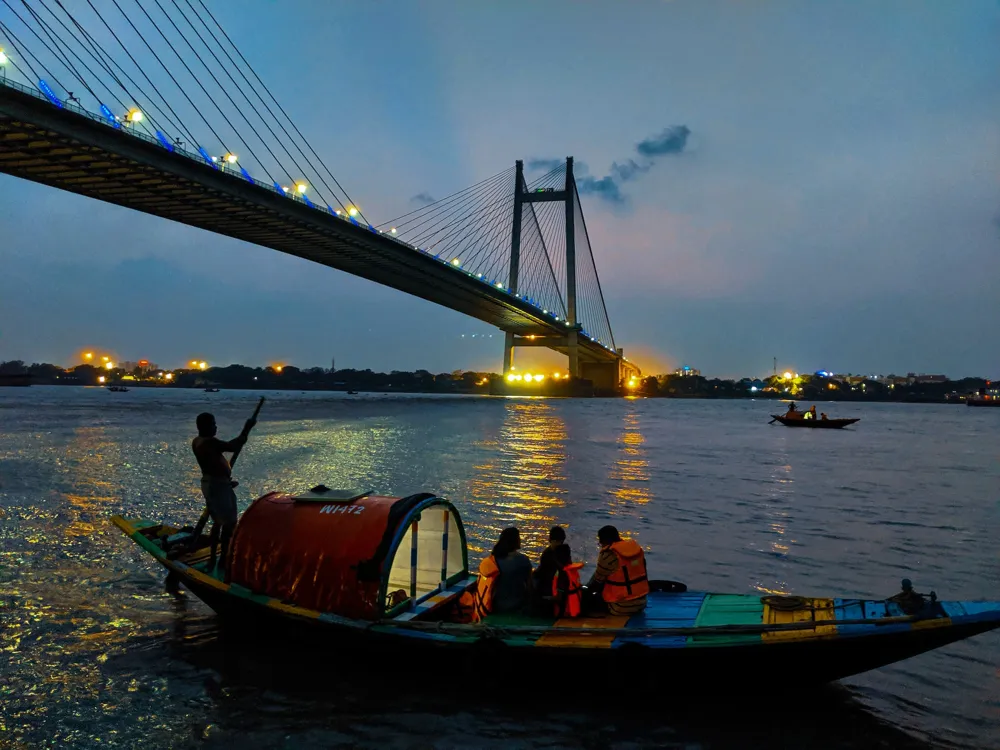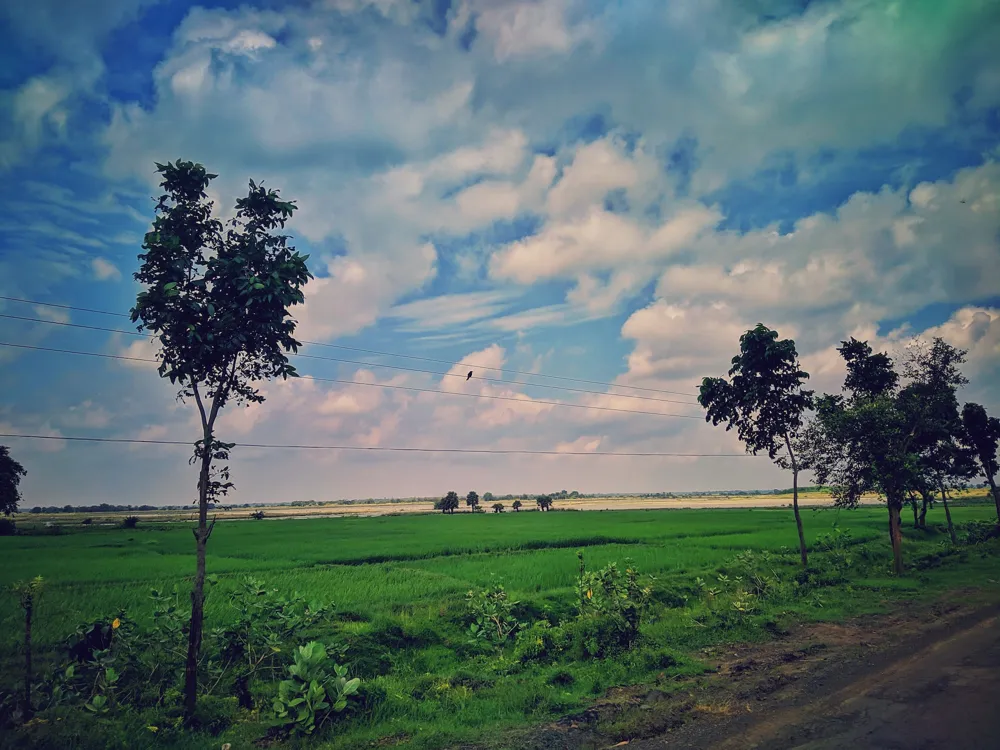Nestled in the historic region of Malda in West Bengal, the Chamkati Masjid, also known as Chika Mosque, stands as a testament to the rich cultural and architectural heritage of the area. This mosque, with its unique name derived from the Bengali word 'Chamkati', meaning 'glittering', offers a glimpse into the architectural ingenuity of the past. The region of Malda, known for its historical significance, has been a melting pot of various cultures and traditions, and the Chamkati Masjid is a shining example of this cultural synthesis. The history of Chamkati Masjid dates back to the 15th century, a period that witnessed a significant growth in Islamic architecture in Bengal. This mosque was built during the reign of the Sultanate of Bengal, a time when the region saw the construction of numerous mosques and madrasas. The Chamkati Masjid, in particular, stands out for its unique architectural style, which blends traditional Islamic motifs with regional influences, creating a distinctive aesthetic that is both awe-inspiring and spiritually uplifting. The mosque's location in Malda, a district rich in historical landmarks, adds to its allure. Malda, historically known as English Bazar, was once a prosperous city under the rule of various dynasties including the Mauryas, Guptas, Palas, and Senas. The city's strategic location along the banks of the Mahananda River made it a hub for trade and cultural exchange, influencing the architectural styles of the region. The Chamkati Masjid is not just a religious site but also a symbol of Malda's historical significance and its role in shaping the cultural landscape of Bengal. The architecture of the Chamkati Masjid Chika Mosque is a fascinating amalgamation of Indo-Islamic and Bengali architectural elements. The mosque's design reflects the ingenuity and skill of the artisans and architects of the time, who seamlessly blended various styles to create a unique masterpiece. The most striking feature of the Chamkati Masjid is its intricate terracotta work, a hallmark of Bengal architecture. This terracotta art, with its detailed floral and geometric patterns, adorns the mosque's walls, showcasing the exceptional craftsmanship of the local artisans. The mosque's layout follows the traditional Bengal mosque architecture, characterized by a single-domed structure with multiple entrances. The central dome, a prominent feature in Islamic architecture, is beautifully crafted and is supported by sturdy pillars, demonstrating the architectural prowess of the era. The dome not only adds to the mosque's aesthetic appeal but also plays a crucial role in enhancing the acoustics of the prayer hall, creating an immersive and contemplative atmosphere for worshippers. Another notable aspect of the Chamkati Masjid's architecture is the use of locally sourced materials, such as bricks and lime mortar. These materials not only provided durability and strength to the structure but also allowed for intricate carvings and designs, making the mosque a masterpiece of sustainable and artistic architecture. The mosque's harmonious blend of form and function is a testament to the advanced architectural techniques of the time, making it a significant landmark in the study of Islamic architecture in Bengal. Visitors should be mindful of the cultural and religious significance of the Chamkati Masjid. Dress modestly, covering shoulders and legs, and remove shoes before entering the mosque. It's also important to maintain a quiet and respectful demeanor within the mosque premises. The ideal time to visit the Chamkati Masjid is during the cooler months of October to March. During this period, the weather in Malda is pleasant, making it conducive for exploring and appreciating the mosque's architectural beauty without the discomfort of extreme heat. While photography is generally allowed, it's crucial to be respectful of worshippers and avoid taking pictures during prayer times. Always ask for permission before photographing individuals, and be mindful not to disturb the peace and sanctity of the mosque. Reaching the Chamkati Masjid in Malda is convenient due to the region's well-connected transport network. The nearest major railway station is Malda Town, which is well connected to major cities like Kolkata, Delhi, and Mumbai. From the station, visitors can hire taxis or take local buses to reach the mosque. For those preferring to travel by air, the nearest airport is Bagdogra Airport, from where one can hire a cab or take a bus to Malda. The road network is also quite efficient, with frequent bus services available from neighboring towns and cities to Malda.Overview of Chamkati Masjid Chika Mosque in Malda, West Bengal
Architecture of Chamkati Masjid Chika Mosque
Tips When Visiting Chamkati Masjid Chika Mosque
Respect Cultural Norms
Best Time to Visit
Photography Etiquette
How To Reach Chamkati Masjid Chika Mosque
Chamkati Masjid Chika Mosque
Malda
West Bengal
NaN onwards
View malda Packages
Malda Travel Packages
View All Packages For Malda
Top Hotel Collections for Malda

Private Pool

Luxury Hotels

5-Star Hotels

Pet Friendly
Top Hotels Near Malda
Other Top Ranking Places In Malda
View All Places To Visit In malda
View malda Packages
Malda Travel Packages
View All Packages For Malda
Top Hotel Collections for Malda

Private Pool

Luxury Hotels

5-Star Hotels

Pet Friendly








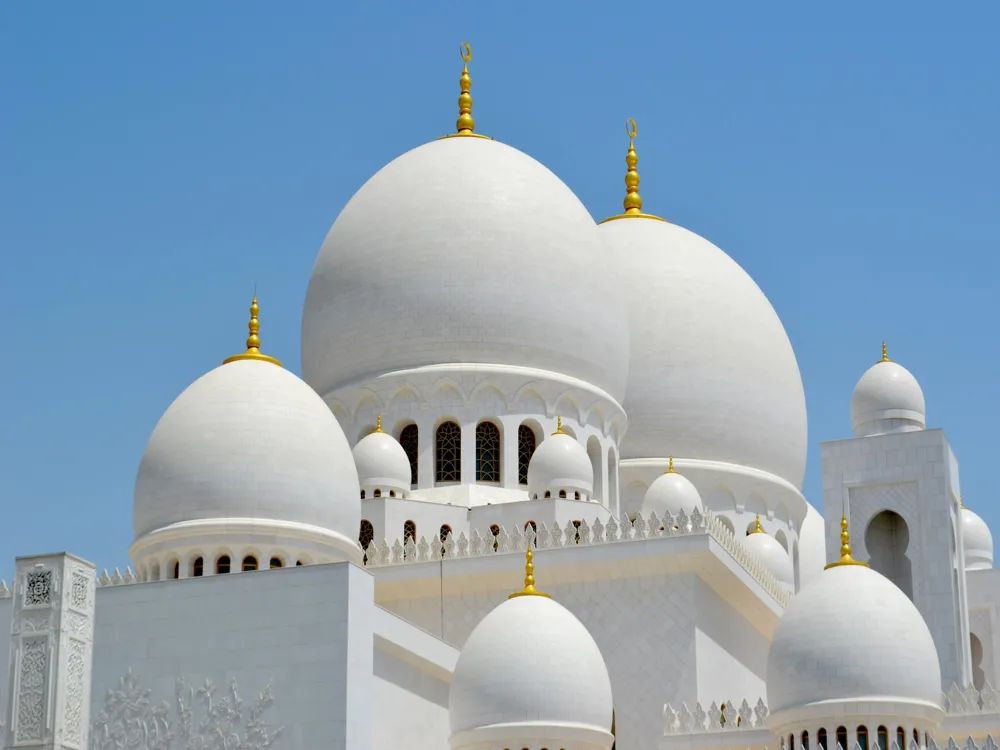
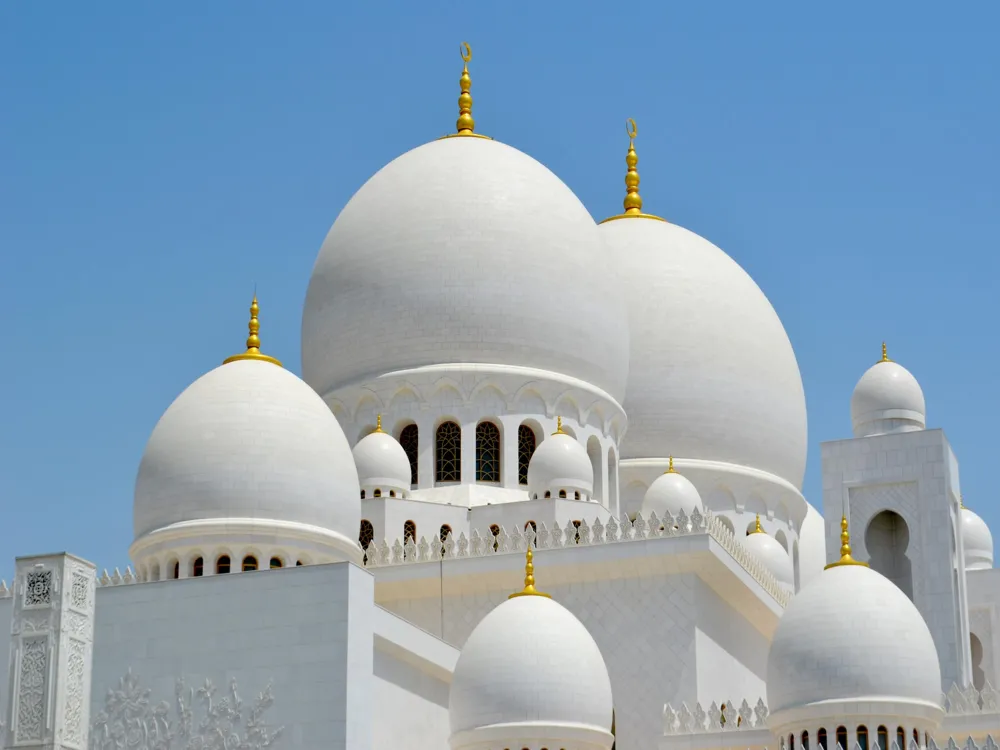
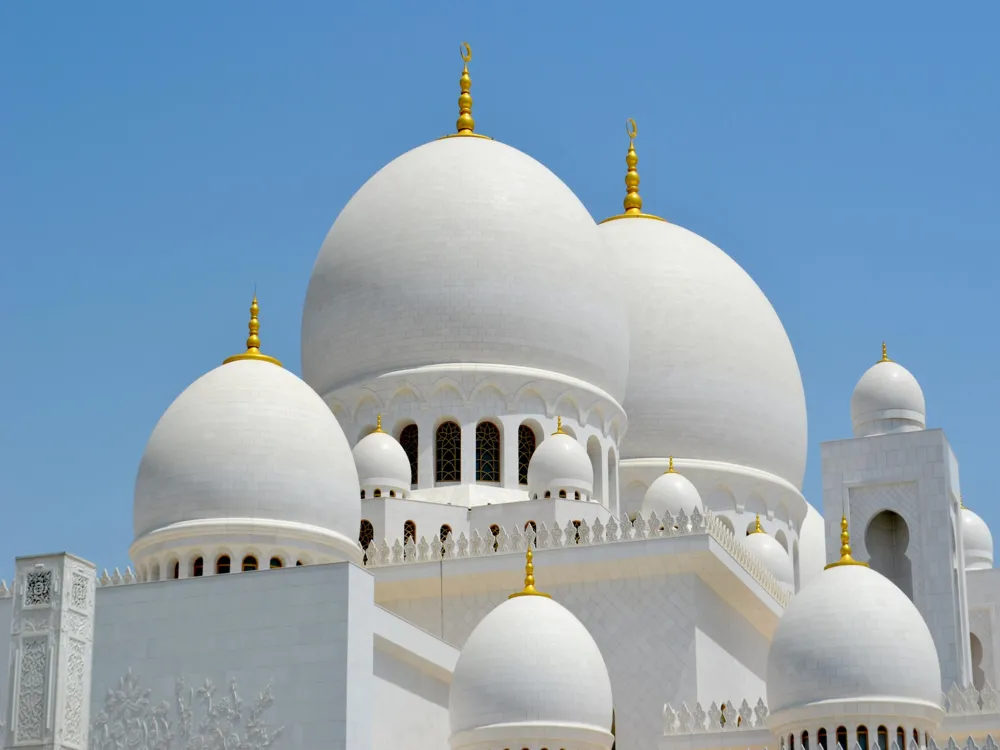

/eklakhi-mausoleum-pandua-slider-1.webp)



